Writer Ma A Lenh, member of the Vietnam Writers Association, was born in 1943 in Trung Chai commune, Sa Pa district (now Sa Pa town, Lao Cai province). He is one of the typical representatives of ethnic minority writers, successful in many different genres from short stories, memoirs, poems, film scripts, folk culture research and collections... He passed away on the morning of January 21 at his home, at the age of 82.
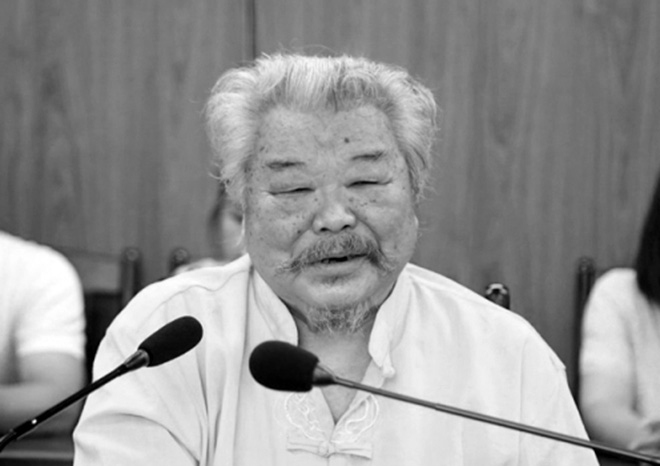
Writer Ma A Lenh was originally a teacher. In 1978, he transferred to the Hoang Lien Son Province Literature and Arts Association (old). He held key positions at the Hoang Lien Son Literature and Arts Association, Lao Cai Province Radio and Television Station, and Lao Cai Province Literature and Arts Association.
He composed many different genres, including some typical works such as the story "Green Forest", the essay "Hesitating before Literature", the memoir "Bustling Spring Road", the children's story "My Village", the book "Approaching Hmong Culture" and most recently the memoir "A Sky of Red Cotton Flowers" published in 2021. He received the Award from the Writers' Association and the Ethnic Committee, the Award from the Vietnam Literature and Arts Association's Joint Committee; Phan Xi Pang Award; Award from the Vietnam Ethnic Minorities Literature and Arts Association...
The man who has been “burdened” with the Mong ethnic culture for most of his life is the writer Ma A Lenh. Among his close literary friends, some call him Lao Ma, Ma Tien Sinh or Ma Vuong. Some respectfully call him “teacher Lenh” because he used to be a teacher in the highlands and has the appearance of a teacher. Some young people in the literary and poetic world affectionately call him “father”. In contact with him, I feel that “Lao Ma” is an upright, straightforward, generous, and compassionate person.
Born in the highlands, the boy Ma A Lenh suffered a loss early because his mother died early. Although his father was the Commune Chairman at that time, the family's economy was extremely difficult. The boy Lenh went to school one day, and went to the forest another day to chop wood, herd buffalo, and work in the fields... At that time, the house of Ma A Lenh and his father was located on the mountainside, below which was a national highway. Every afternoon, the boy Lenh stood in the yard looking down at the road where cars passed by and daydreamed of one day crossing the mountain range, setting foot in the faraway capital of Hanoi - a place he had only imagined through the pages of books.
In 1958, Ma A Lenh was admitted to the Mountain Children's School of Lao Cai province and then became a teacher for students in the village in the highlands of Trung Chai. In each class, Mr. Lenh always brought to the students a world of fairy tales that captivated all the students. Not only did he teach well, Mr. Lenh also guided the students to increase production, set aside land to grow vegetables, and raise chickens at school. On weekends, the teacher and his students enthusiastically went to the forest to cut firewood to sell and earn money to help poor students...
After more than ten years of teaching, Mr. Ma A Lenh was transferred to work at the Sa Pa District Education Department, then the Lao Cai Provincial Education Department (now the Lao Cai Provincial Education Department), specializing in the highlands, and then officially devoted himself to the literary career. "Coming down the mountain" to settle down with his family in Lao Cai City, becoming a "mountainous urban resident", but his feet were busy all year round in the Mong villages in the Northwest. Sometimes he led a film crew of Vietnam Television over the mountains to Mong villages to film documentaries. Sometimes he wandered alone with a bag in hand to collect stories in the daily life of the villagers to put into writing. Sometimes he traveled with scientists on field trips, collecting customs, practices, and cultural rituals of the Mong community to compile into the book "Approaching Hmong Culture" - a painstaking and dedicated research work of the author himself published in 2014.
Up to now, Ma A Lenh has had a considerable “fortune” of more than 30 books of various genres, from stories, memoirs, poems to research books, and books for children. He writes in both Mong and Vietnamese, with the aim of both letting his ethnic people read, contributing to integration, and also promoting his ethnic group to other ethnic groups. He pondered: “This language is about to disappear. Only a few people still preserve it. Well, let’s just write, to commemorate a time…” Perhaps only those who love their ethnic group, care for their ethnic group, and understand the roots of their ethnic group like him can do that.
As a writer, Ma A Lenh always yearns for culture and the roots of his people. He diligently devotes all his energy and heart to bringing it far away. That is the duty and mission of a son of his homeland that Ma A Lenh is clearly aware of. He understands that a writer is a culturalist, so he must cultivate his own understanding of his own ethnic culture and homeland to integrate but not dissolve. In his works, Ma A Lenh delves into describing the inner world of the mountain people, in the context of changing times and in the process of approaching the civilized world. Through that, readers can easily imagine the space and very strange and unique customs of the mountain people. He has always written with all the passion and enthusiasm flowing from his heart. That fire not only warms the hearts of the Mong people through his literary pages but also brings to readers across the country a Mong cultural identity that cannot be mixed with other ethnic groups.
Source


![[Photo] Keep your warehouse safe in all situations](https://vphoto.vietnam.vn/thumb/1200x675/vietnam/resource/IMAGE/2025/10/1/3eb4eceafe68497989865e7faa4e4d0e)



![[Photo] Hanoi morning of October 1: Prolonged flooding, people wade to work](https://vphoto.vietnam.vn/thumb/1200x675/vietnam/resource/IMAGE/2025/10/1/189be28938e3493fa26b2938efa2059e)
![[Photo] President of the Cuban National Assembly visits President Ho Chi Minh's Mausoleum](https://vphoto.vietnam.vn/thumb/1200x675/vietnam/resource/IMAGE/2025/10/1/39f1142310fc4dae9e3de4fcc9ac2ed0)

























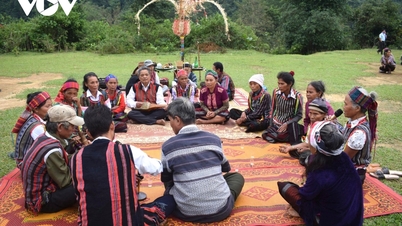










































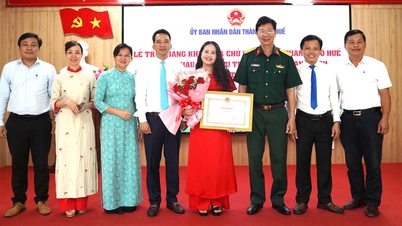


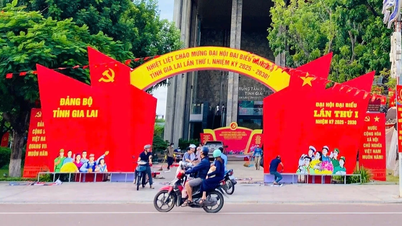



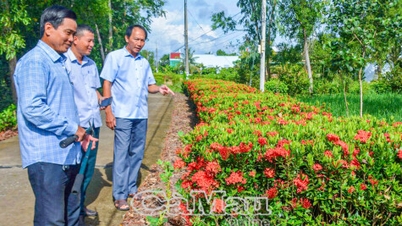
















Comment (0)